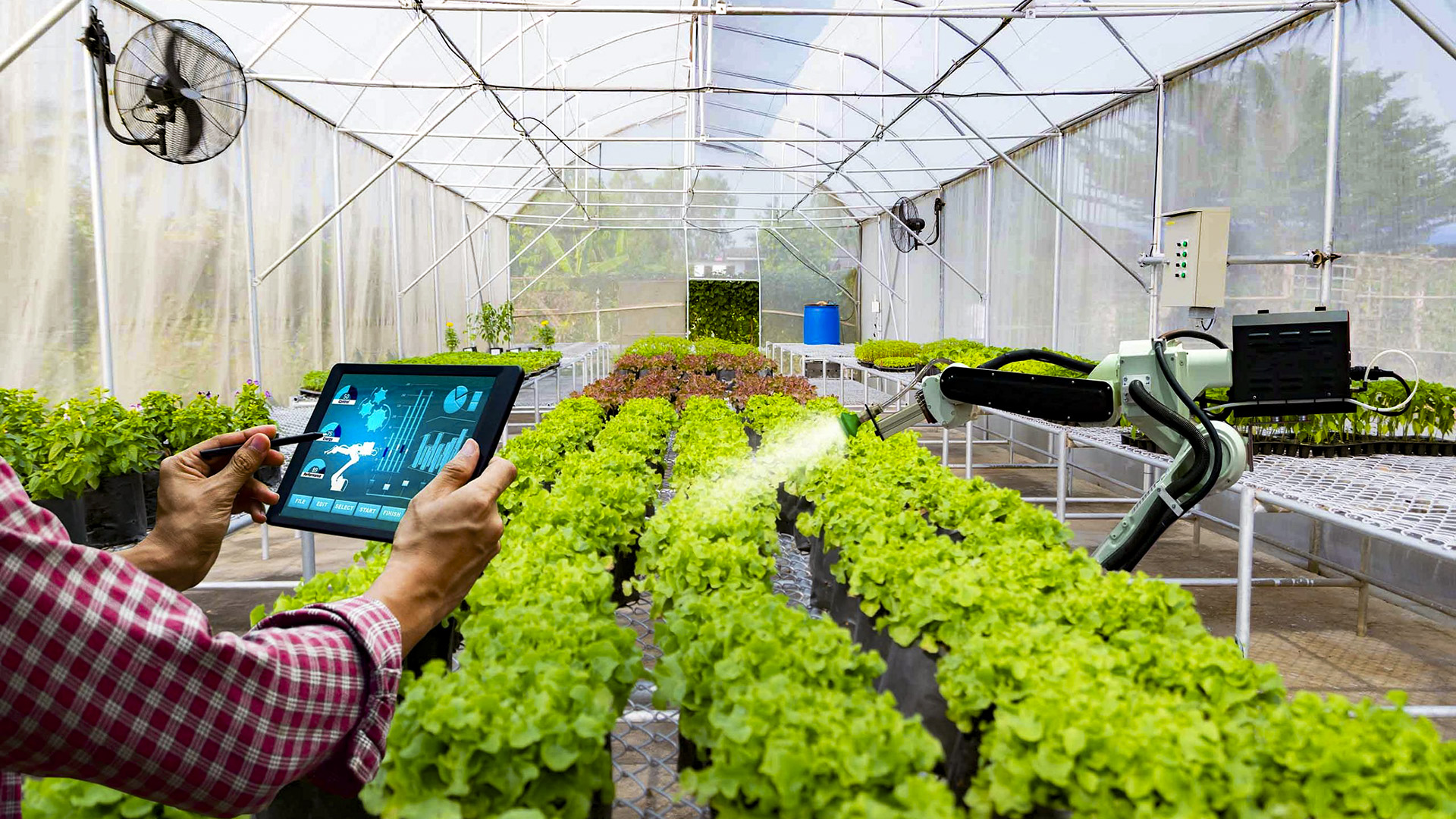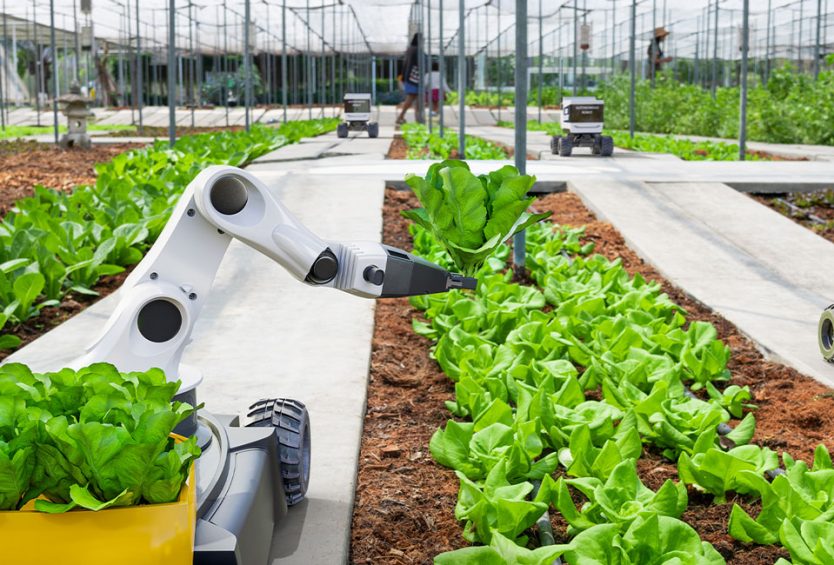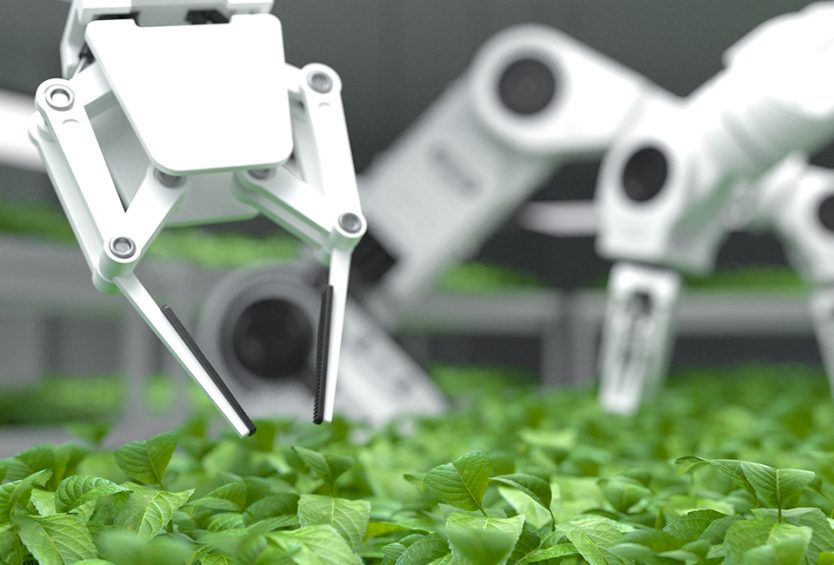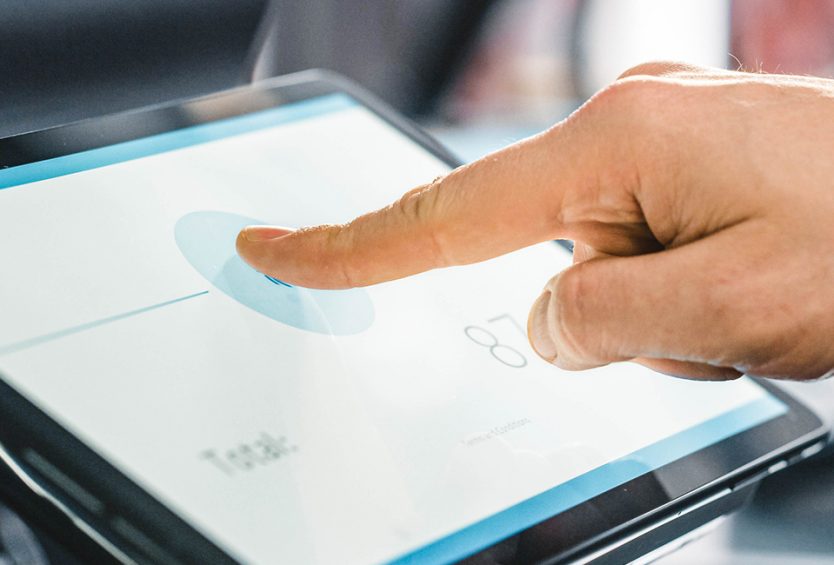The global population is growing rapidly, leading to increasing demand for food. To meet this increased demand, technology is considered a sustainable direction and solution to optimize the agricultural production process.
The role of agriculture in sustainable development
The world population is constantly increasing rapidly and is expected to reach nearly 10 billion people by 2050 (1) but poverty and food shortages are still occurring and account for a relatively high proportion. Developing the agriculture and food sectors, especially agricultural production, will be a powerful tool for ending poverty; promoting common prosperity, and creating food that meets the needs of the people and animals on the planet.
The modern development of food agriculture today is the contribution of a large number of small farms in the world. The agricultural sector has a major impact on livelihoods and jobs on more than 570 million small farms worldwide (2); accounting for 28% of the entire global workforce (3). However, the development of unorganized agriculture will generate many problems that need to be solved such as gradually scarce resources, climate change… Therefore, to achieve the goal of poverty reduction and food security, it is necessary to implement plans to increase productivity, operate efficiently and save resources in agricultural production.
Looking for solutions to optimize agricultural production
Historically, the agricultural industry has undergone many revolutions to push efficiency and profitability to new milestones that were unattainable before. Among them, the most famous was the Green Revolution of the 1960s with the introduction of new hybrid wheat varieties, which doubled worldwide agricultural production and saved a billion lives from starvation. However, in order to meet the food demand corresponding to the population growth rate, there is a need for more productivity optimization options in the industry besides good varieties.
Technology application can be considered a core solution to help solve this problem. The fourth industrial revolution with a series of new technologies researched and applied is contributing to the transformation of many industries, including agriculture and food production. Digitalization of agriculture is considered the second green revolution, has been and will bring changes in farming and food production in the world when applied. The adoption of technology will create a multitude of new productivity improvements to develop targeted agricultural systems, thereby achieving the goal of sustainable poverty reduction (USAID, 2018). Outstanding technology solutions and accompanying benefits can be mentioned as:
Optimizing resources and improving operational efficiency with Agricultural Robots
Considered a trend that will have a profound impact on agriculture in the future, agricultural robots help farmers optimize labor-intensive and precision-demanding jobs such as irrigation, fertilization, and planting subtrees… through smarter craft and programs. The robot has the ability to operate stably throughout the growing season, has no difficulty in exposure to toxic agrochemicals, and does not require the cost of renewable labor like humans. Therefore, using agricultural robots is a popular choice to improve agricultural productivity.

Analyzing and making effective farming recommendations through artificial intelligence (AI)
AI technology learns from historical data models, incorporating broader, scientific data processing capabilities and make judgments faster than human to help technology application areas.
An example of agriculture AI usage is Alibaba’s ET Agricultural Brain, this application allows observing facial expressions, body temperature, and calls to assess the health of individual pigs. With this technology, farmers can detect pregnant pigs through eating and sleeping habits, as well as detect early risks of swine diseases through historical data combined with the current behavior and manifestations of pigs. As a result, pig farms can limit risks as well as save livestock costs by 30-50%. According to the study, China could save up to 7.5 billion USD if applying this technology to all pig farms in the country. (4)
Monitor smart farming areas with drones
Drones have been applied in China to help spray pesticides on 132 acres of agricultural land in 1 day, while humans can only spray a maximum of 5 acres in a day (4). This application also helps farmers map their farms using data captured from drones, then making it easier to monitor farm operations instead of having to move around by conventional means. This helps to save costs and improve the efficiency of agricultural operations in a smart way.

Support food traceability with Blockchain technology
Block chain technology is used to detect and trace poor-quality food in food warehouses. This technology also allows consumers to check the provenance of their food, creating a competitive advantage for those using the technology.
An example of this technology usage is that Walmart has been trialing Blockchain technology for two years to monitor bags of spinach and salad in their supermarket chain. Walmart requires more than 100 lettuce and spinach farms to update detailed information about the goods supplied, forming a database that allows checking the risk of chemical contamination exceeding the permissible limit as well as the source of the vegetables allowed to be supplied. In addition, this technology also helps Walmart save money through early detection of signs of food spoilage and early removal, preventing spoilage from spreading to other foods. (5)
Optimizing farming resources with the Internet of Things (IoT)
The application helps to shift production from qualitative – which is based on experience to quantitative – precise to every drop of water, each amount of fertilizer suitable for each crop. This technology uses smart sensors combined with algorithms to provide water, nutrients, and chemical drugs to the right crops at the right time. This approach helps save agricultural costs, helps plants grow optimally, and contributes to environmental protection.
Digitization and application of technology in the agricultural industry – implementing the second green revolution has brought about environmental, economic, and social benefits. Along with that, it is gradually realizing the goals of poverty reduction, providing sufficient and abundant food sources for the future population. However, for the sustainable development of the model, it is necessary to support and increase access to technology for small-scale farmers, avoiding the risk of becoming a group that is left behind, and ensuring the long-term development of the entire agricultural sector.
Reference
(1) FAO. 2019. Digital Technologies in Agriculture and Rural Areas.
(2) Lowder et al. 2016. The Number, Size, and Distribution of Farms, Smallholder Farms, and Family Farms Worldwide.
(3) ILOSTAT. 2019. Employment in agriculture (% of total employment).
(4) Yicai Global. 2019. Chinese Aging Farms Step Into AI Era With Facial Recognition for Pigs.
(5) The New York Times. 2018. From Farm to Blockchain: Walmart Tracks Its Lettuce.



